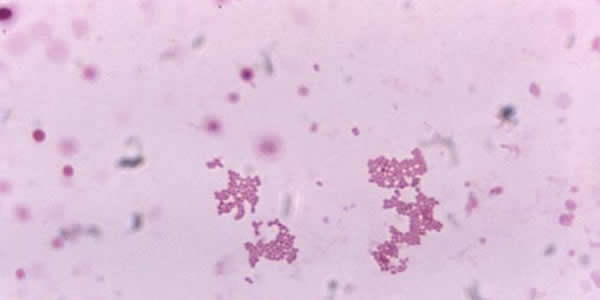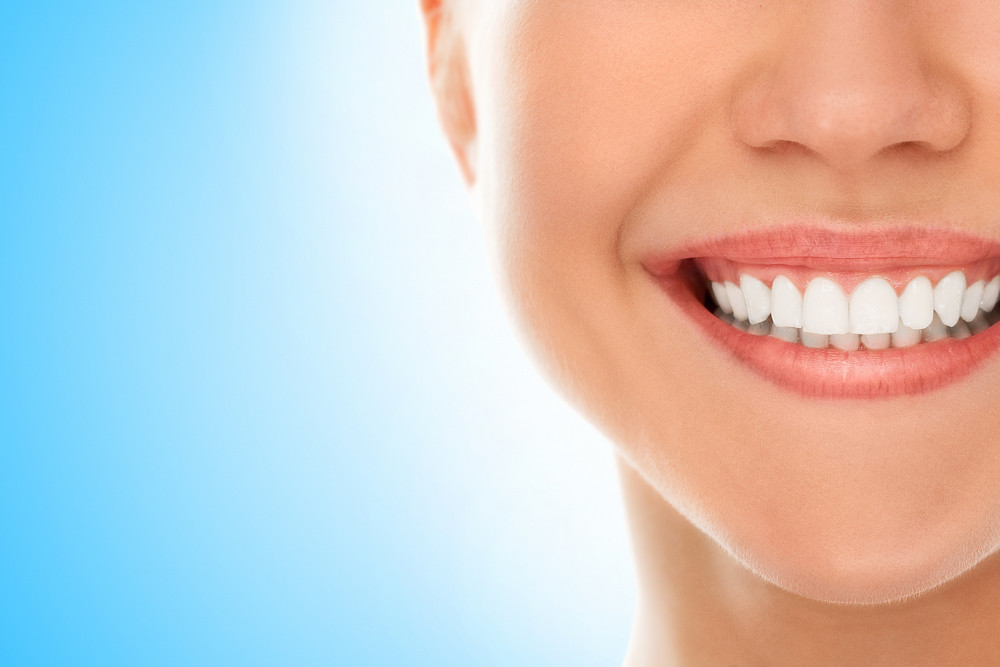When you hear the word "veillonella", you may
think about a flower with sweet fragrance coming from it. Well, it is not the
case. Veillonella is not a flower. It is a type of oral bacteria that affects
the gums and teeth in pretty bad way. And it is one of the most common types of
oral bacteria.
What is Veillonella
This germ is the cocci bacterium which resides in the mouth
and it is anaerobic. It means that this bacterium doesn’t need oxygen to
survive. As a matter of fact, this bacterium needs carbon dioxide to survive.
While having a look at with the help of microscope, you would be able to see
that it is round in shape, and it may appear in pairs, masses or short chains.
It doesn’t move around very often.
A study published in Journal of Bacteriology suggests that veillonella
works with Streptococcus bacteria in order to form plaque which continuously
grows on your teeth. When these two types of bacteria work together, they lay a
matrix which supports other types of bacteria to help in the formation of
plaque. According to an observation, the first of growth involves 60 to 90
percent of streptococci while only 5% of it consists of Veillonella.

The formation of
Veillonella
The way bacterial communities are formed is quite
systematic. It means that different species of bacteria grow only as a result
of growth of other types of bacteria. For instance, Veillonella doesn’t use
sugar for its growth. But Streptococci use sugar for its own growth. Veillonella,
however, use lactic acid laid by Streptococci. So, theoretically, Veillonella
cannot survive without coexistence with Streptococci. One thing worth
mentioning is that there are many types of bacteria which depend upon the
growth of Veillonella. Hence, if you successfully restrict the growth of Streptococci,
you can prevent the growth of a lot of other types of bacteria.
If you leave these bacteria to grow, the acid laid by these
bacteria can lead to tooth decay. The infection can travel beneath the gum line
and can eventually lead to tooth decay if you leave the problem untreated.
Things you need to do
Now the bad news is that these bacteria can start developing
as soon as you are done cleaning your teeth and gums. Therefore, following
dental hygiene should be your regular daily activity. With the help of regular
cleaning on daily basis, you can disrupt the formation of bacterial colonies
before they start making a mess of your oral health.
While you need to make sure that you are following your
dental health routine on daily basis, you also need to visit your dentist
regularly to get oral health checked and maintained.

No comments:
Post a Comment